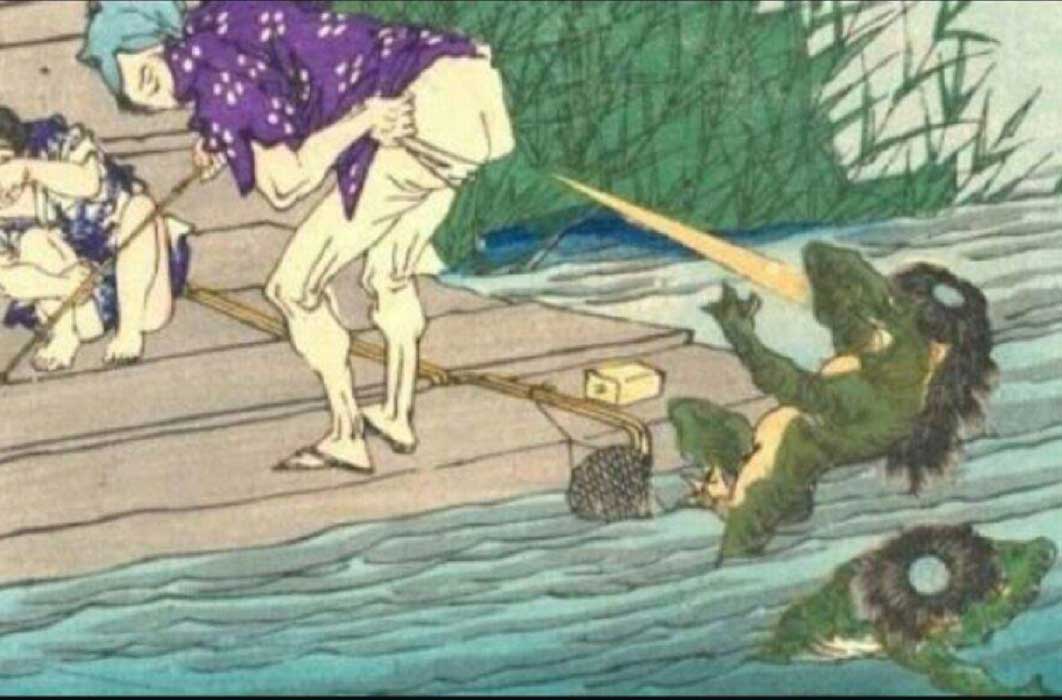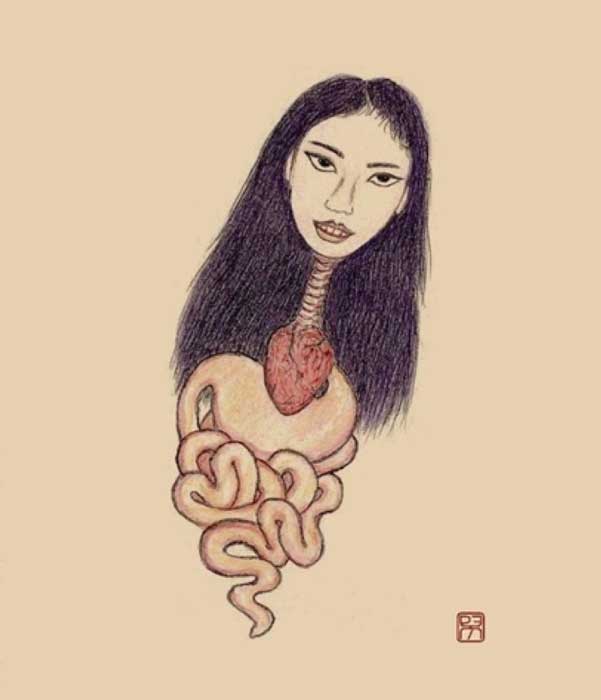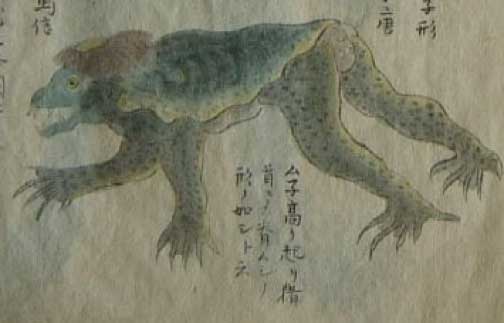
Monstrous Demons of Asian Folklore
Every village, town and city in the world has its array of monsters and mythological creatures, many of whom that have sprung from thousands of years of folkloric traditions. And while dragons are regarded as the kings of the monsters, appearing in both western and eastern folk systems, Asia has several other horrific monsters and each one holds secrets about how mankind used to interact with nature and the struggles of man’s times between the bookends of life and death.
Penanggalan
Hantu Penanggal’, or Penanggalan, is a vampire-monster of Malaysian mythology generally descried as a beautiful woman, who was transformed through the application of dark or demonic magic. During the day it appears as a regular woman but at night it terrifies people by separating at the neck and flying through the air dragging its entrails behind it, holding its head in its hands, while looking for newborn babies to eat, just like the Fairy Queens of European mythology travelled by night claiming unborn children.

Known as Krasue (Thai) or Ab (Khmer), the Penanggalan is a nocturnal female spirit of Southeast Asian folklore. (2012) (Xavier Romero-Frias /CC BY-SA 3.0)
According to Anthony Mercatante and James R. Dow in their 2004 book Facts on File Encyclopedia of World Mythology and Legend, variations of the mythological creature are the Krasue of Thailand and the Kasu or Phi-Kasu in Laos, while in Cambodia it is the Ap. Its victims are generally pregnant women and young children and like the Banshees of Ireland and Scotland it appears at a birth rather than a death, screeching above a house when the new child is born. With its long invisible tongue, the Penanggalan consumed the blood of new mothers and if it didn’t feed, it infected them with a wasting disease and anyone who brushed against the Penanggalan was inflicted with painful open sores.
Kappa
The Kappa is a turtle shelled water dwelling creature of Japanese folklore described as having scales like a fish and sometimes fur. The Kappa can walk upright like a human and it holds water in a depression in its skull which is the source of its supernatural power, and just like the Pied Piper of European mythology the Kappa comes out of the water and enchants children into the river where it eats them.

Kappa caught in 1801 in a net Mito Domain's east beach (now Ibaraki Prefecture). From a 1836 copy by Reikai 霊槐 of Koga Tōan (Public Domain)
Loving cucumbers and sumo wrestling Kappas are a mythological archetype used to scare children from getting to close to water, and to assure this worked the beast was accused of removing a mythical organ called the shirikodama from their child victim’s anuses. However, if wrestling the Kappa failed to defeat it, another evasion technique is offered in an old Japanese print which shows children scaring the Kappa away by breaking wind in its face.
- Seeking the Yeti in the Throne Room of the Mountain Gods
- Ten Discoveries of 2014 that Suggest there is Truth to Ancient Myths and Legends
- Hair-Raising Tales of Paranormal Animals that Possess Humans, See Death, and Act as Messengers of the Gods
Nue
The Nue is a shapeshifting Chimera type creature of Japanese mythology, described as being composed of different animal parts and able to turn into a dark cloud at will. The Heike Monogatari (The Tale of the Heike) was compiled prior to AD 1330 and in this tome the Nue is described as having a monkey’s face, tiger’s legs, a dog’s body and a snake as a tail. However in the Genpei Jōsuiki, a 48-book extended version of the The Tale of the Heike, the creature is described as having: "the back of a tiger, the legs of a tanuki, the tail of a fox, the head of a cat, and the torso of a chicken.”




